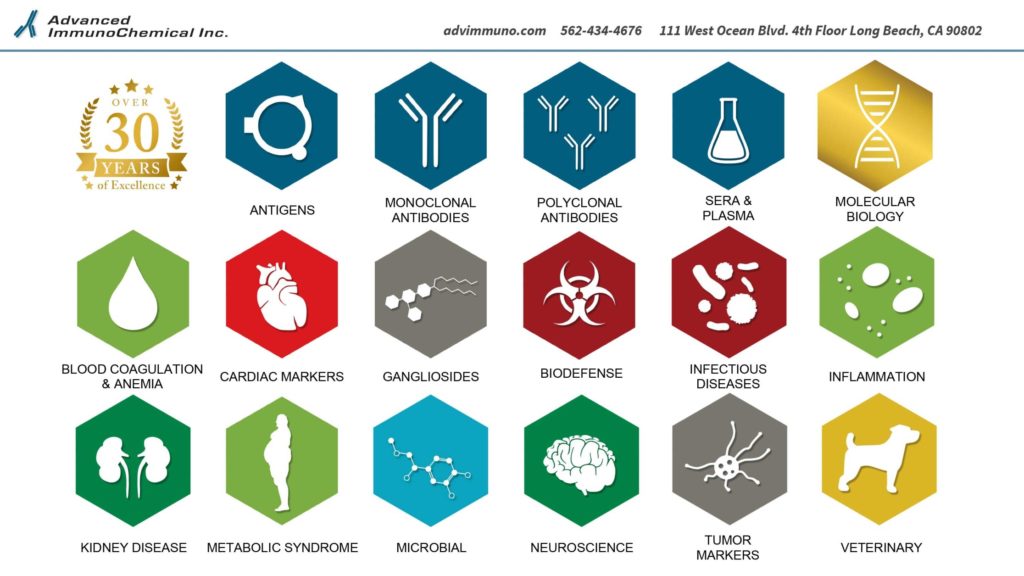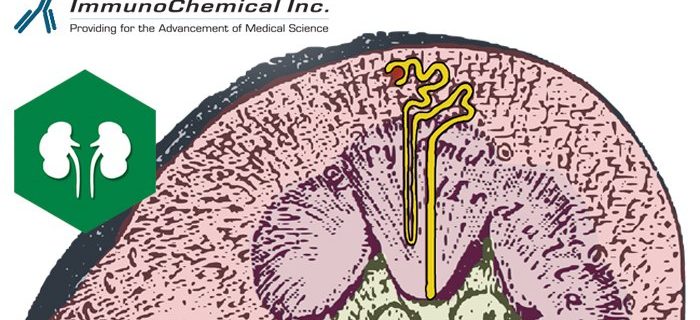Cystatin C is known in clinical practice as a well-described serum marker of renal failure that is not dependent on age, sex or lean muscle mass (4, 5). At the same time, cystatin C is becoming acknowledged as a marker of elevated risk of death from cardiovascular complications – myocardial infarction and stroke (5). A stable production rate and free filtration by the renal glomeruli due to the low molecular weight, and positive charge (pI 9.3) are strong advantages of cystatin C as a serum marker of renal function in comparison to other analytes that are used today in clinical practice. Creatinine-based equations to estimate the glomerular filtration rate (GFR) are sensitive to some non-renal factors, such as age, sex, race and lean muscle mass. There is a growing number of reports demonstrating that cystatin C is more preferable than creatinine for the measurement of GFR, so long as it does not depend on all of these factors (5).
Cystatin C is also a more sensitive marker of mild renal dysfunction than creatinine (6). The concentrations of plasma (serum) cystatin C in healthy individuals range from 0.8 to 1.2 mg/l, depending on measurement methods (7). Increased cystatin C serum levels are almost exclusively associated with a reduction in GFR. Serum concentrations of cystatin C are increased approximately 2-fold during various renal disorders (7). An elevated serum cystatin C level is also a strong predictor of the risk of death and cardiovascular events in elderly persons (5).
The urinary concentrations of cystatin C are low (100 μg/l for healthy subjects) since the protein is metabolized by the proximal tubule after filtration in the renal glomerulus. However, the concentrations of cystatin C in urine from patients with renal tubular disorders are raised by approximately 200-fold (8). Cystatin C that is purified from human urine can be partially truncated, which potentially complicates the application of the urine protein as a standard for immunoassays (9).
Advanced ImmunoChemical, Inc. has now completed its Cystatin C product family and have added these products to our product portfolio. Below is a listing of our Cystatin C products now available:
Cat. #2-CYSC. Monoclonal Anti-Cystatin C
Cat. #6-CYS. Polyclonal Anti-Cystatin C
Cat. #8-CYC-rh. Recombinant Human Cystatin C
Cat. #8-CCFS. Cystatin C- free Serum
Cystatin C is a low molecular weight (13.4 kDa) protein that functions as an inhibitor of various cysteine proteases in the bloodstream. It inhibits both endogenous proteases, such as lysosomal cathepsins, and proteases of parasites and microorganisms. Cystatin C binds to the target molecule in μM to the sub pM range in a competitive reversible manner (1). Due to its important function, cystatin C is expressed at the stable levels by most of the nucleated cells. Cystatin C consists of 120 amino acid residues encoded by a 7.3 kb gene located in chromosome 20 (2). The Leu68Gln mutation in the cystatin C protein sequence is directly linked to the development of hereditary cystatin C amyloid angiopathy (HCCAA) in which the patients suffer from repeated cerebral hemorrhages (3).
Advanced ImmunoChemical, Inc. offers the antibodies and antigens necessary for development of Cystatin C immunoassays – human recombinant cystatin C, native human cystatin C purified from human blood, anti-cystatin C polyclonal antibodies, as well as a set of high-affinity monoclonal antibodies that are specific to different epitopes of human cystatin C molecule.
We also supply our customers with information regarding the best MAb combinations to be used in sandwich immunoassays for quantitative measurements of cystatin C in body fluids.
References:
1. Turk B, Turk D and Salvesen GS: Regulating Cysteine Protease Activity: Essential Role of Protease Inhibitors As Guardians and Regulators. Current Pharmaceutical Design, 2002, 8, 1623-1637. 2. Schnittger S, Rao VV, Abrahamson M, Hansmann I: Cystatin C (CST3), the candidate gene for hereditary cystatin C amyloid angiopathy (HCCAA), and other members of the cystatin gene family are clustered on chromosome 20p11.
2. Genomics. 1993; 16(1): 50-5.
3. Palsdottir A, Snorradottir AO, Thorsteinsson L: Hereditary cystatin C amyloid angiopathy: genetic, clinical, and pathological aspects. Brain Pathol. 2006; 16(1): 55-9.
4. Séronie-Vivien S, Delanaye P, Piéroni L, Mariat C, Froissart M, Cristol JP: Cystatin C: current position and future prospects. Clin Chem Lab Med. 2008; 46(12): 1664-86.
5. Taglieri N, Koenig W, Kaski JC: Cystatin C and cardiovascular risk. Clin Chem. 2009; 55(11): 1932-43.
6. Artunc FH, Fisher IU, Risler T, Erley CM: Improved estimation of GFR by serum cystatin C in patients undergoing cardiac catheterization. Int J Cardiol. 2005; 102(2): 173-8.
7. Roos JF, Doust J, Tett SE, Kirkpatrick CM: Diagnostic accuracy of cystatin C compared to serum creatinine for the estimation of renal dysfunction in adults and children-A meta-analysis. Clin Biochem. 2007; 40(5-6): 383-91.
8. Uchida K, Gotoh A: Measurement of cystatin-C and creatinine in urine. Clin Chim Acta. 2002; 323(1-2): 121-128.
9. Popović T, Brzin J, Ritonja A, Turk V: Different forms of human cystatin C. Biol Chem Hoppe Seyler. 1990; 371(7):
Browse our website and order online: AdvImmuno.com/Shop

If you are interested in receiving further information or have other questions, please contact us by e-mail at info@advimmuno.com.

